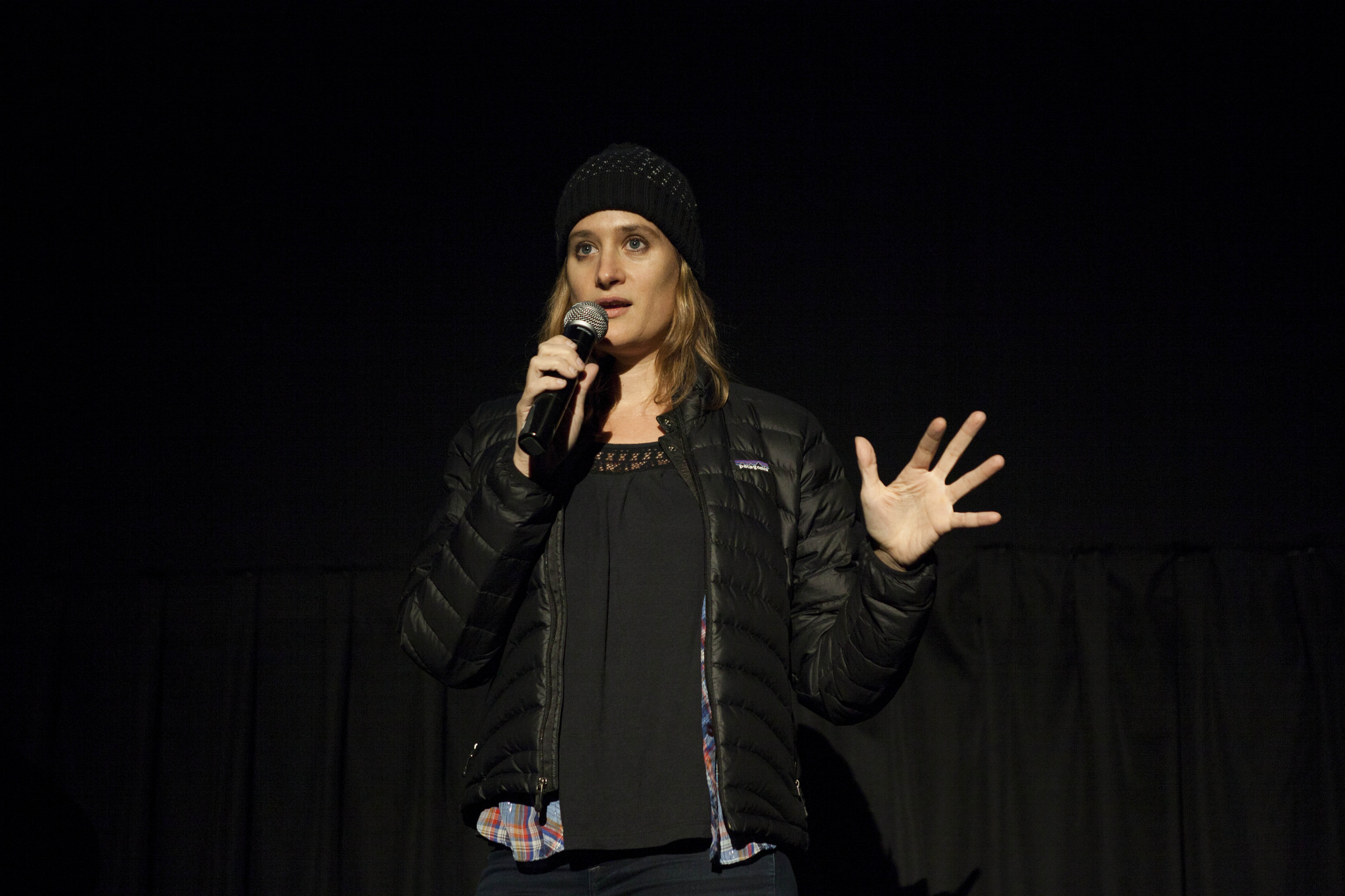The Great Invisible: Exposing the Aftermath of a Major Diasater


Written by Laura Dattaro
Calling the 2010 BP disaster an “oil spill” is a huge misnomer. It was no spill — it was a rig explosion that killed 11 workers and left a deep-sea oil well open to gush millions of gallons of crude into the Gulf waters for months. And it was, by seemingly all accounts, entirely preventable.
Director Margaret Brown didn’t set out to make a movie about the hugeness of the catastrophe. After her last documentary, she had planned to work on fiction. But when the rig exploded off the coast Louisiana and oil crept to the shores of of her home state of Alabama, she knew she had to make a movie. “It just looked like this thing had descended on where we lived,” she said.
Nearly four years after the explosion, Brown released The Great Invisible, a film exploring the political and economic culture that led to the explosion and the after-effects that have been rippling outward ever since. One of 15 films on the Fifth Annual DOC NYC Festival’s short list, The Great Invisible succeeds in telling the totality of this devastating story by featuring a wide cross-section of people involved in and affected by the spill, from shrimpers and oyster shuckers in Alabama’s Bayou La Batre to workers who were on board the rig the night of the fallout to oil executives lamenting the loss of capital to China.
Through extensive and candid interviews, Brown shows much of the immediate destruction. There’s a man in Alabama who — two years after the spill — holds up a Ziploc baggie full of oily brown water that leaked out of the bay shrimp in his freezer. There’s a trailer in an economically devastated part of town with a hand-painted sign reading, “Nothing left to steal. Stay the FFF out.” And there are the men who survived the explosion, who continue to deal with self-harm and thoughts of suicide. “I feel so guilty that I worked for BP,” Doug Brown, chief mechanic on the rig, says in the film.
But perhaps the worst part of the story is how intertwined American life is with oil production and its corporate culture that seeks profits over the safety of its workers and the environment. It’s easy to blame the oil execs, but the film also points out that it’s the government that leases the land, and it profits significantly by doing so — behind taxes, oil production is the biggest source of revenue for the U.S. Treasury. And as some of the executives point out, American citizens continue to have a huge demand for oil, and they demand it cheap. “Oil is great wealth,” Latham Smith, an oil rig captain, says in the film. “People fight and die over great wealth. They have forever.”
The Gulf continues to be pumped by thousands of oil rigs, even as scientists work to uncover the true extent of the damage to the environment. Brown left much of that question alone, focusing instead on the Alabama families dependent on the oil economy. “I wanted to show what was happening to them,” Brown said in the discussion. “To make a film that showed the environmental impact would have taken 30 years.”
For more about The Great Invisible, visit the film page on the DOC NYC website
Laura Dattaro is a freelance reporter in New York City focusing on science and the environment. Follow her on Twitter @ldattaro

